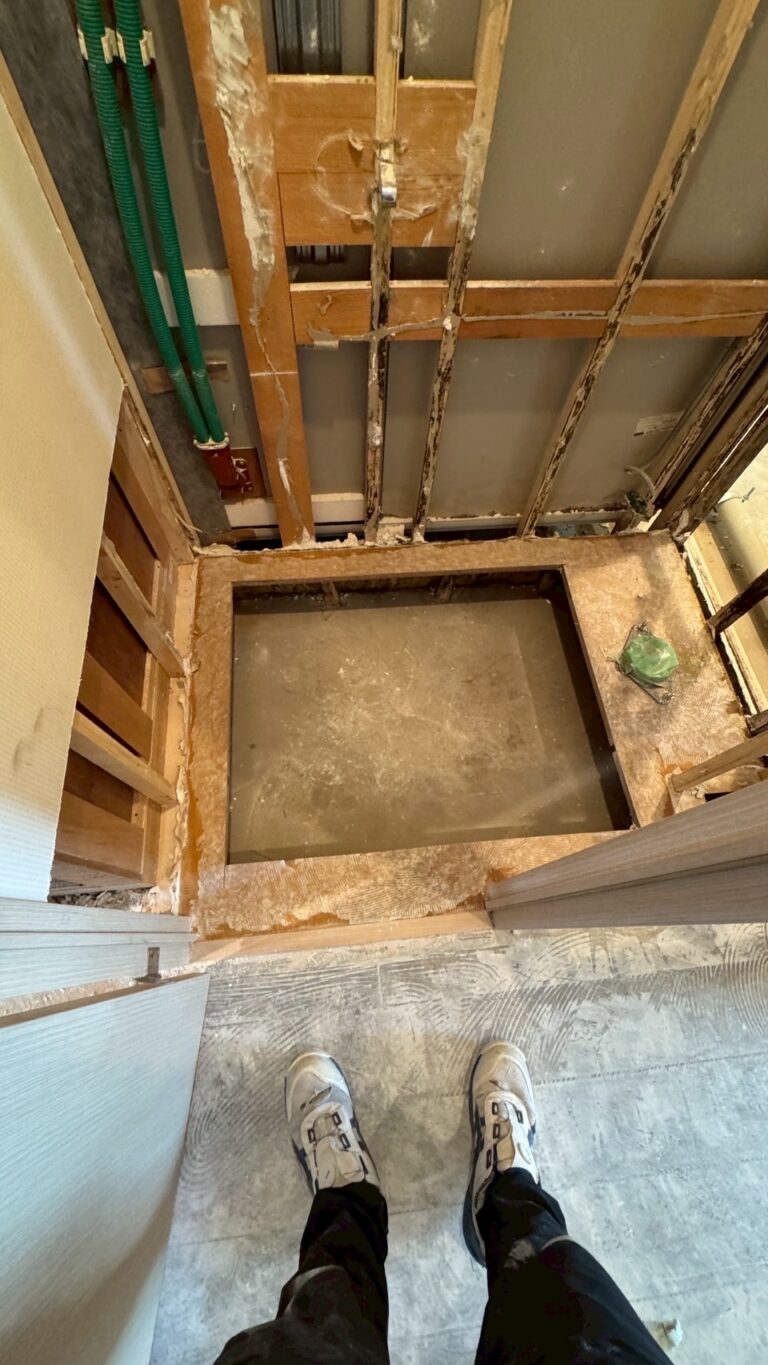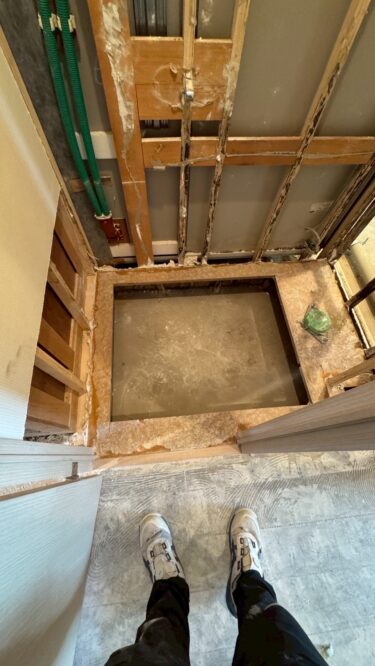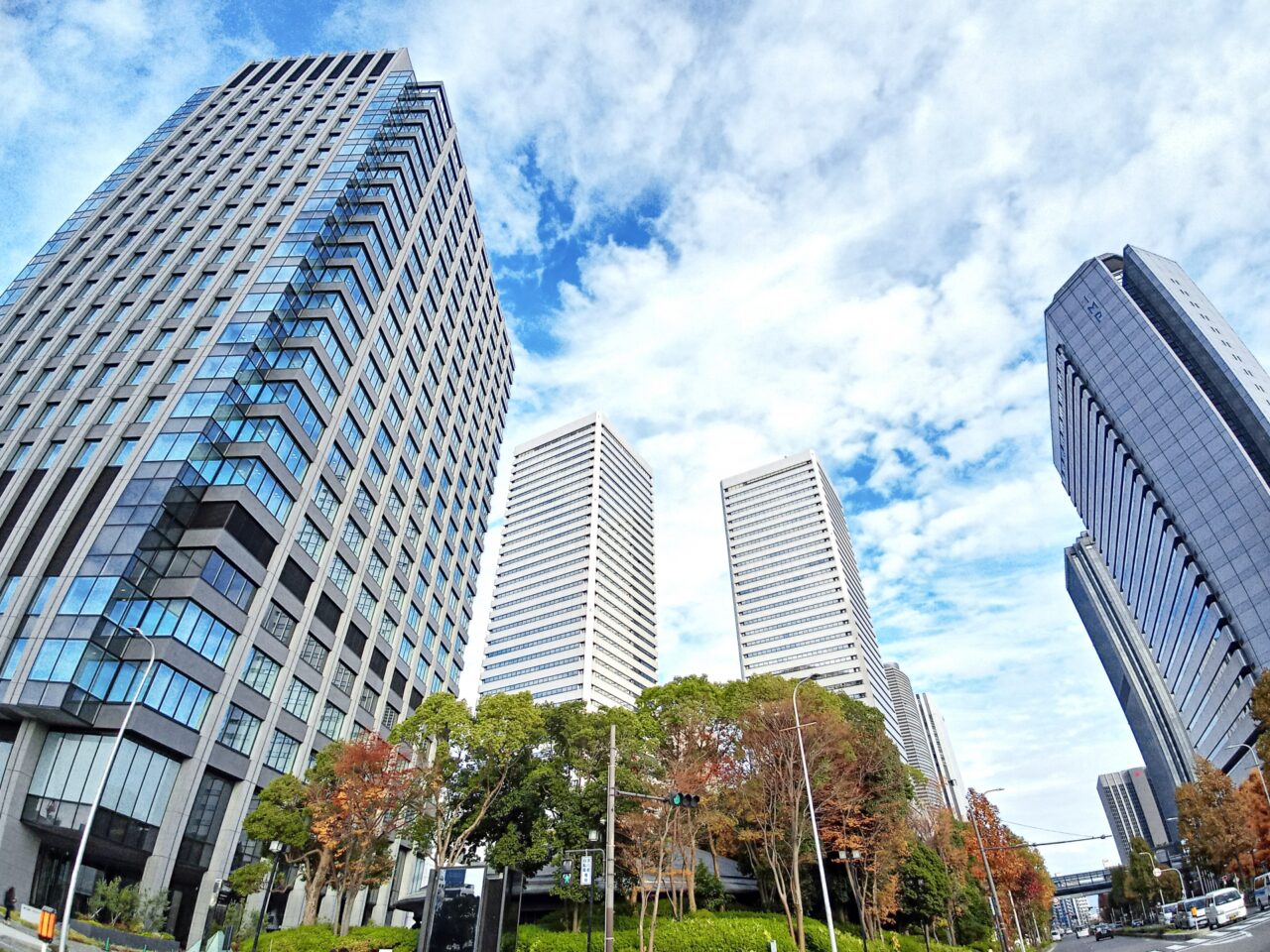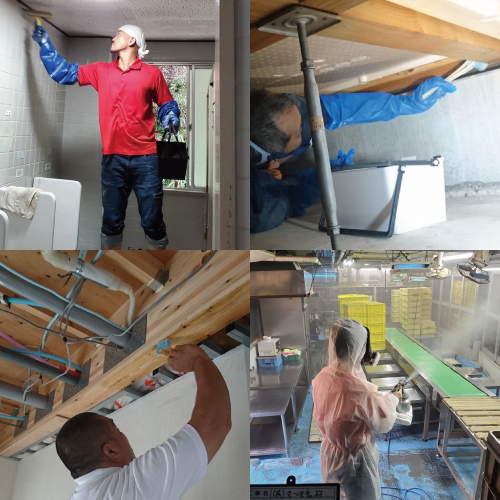Problem Statement
In recent years, the spread of airtight, high-insulation homes has led to a rise in hidden moisture and condensation issues causing mold. For VIP residences and diplomatic housing, where windows often remain sealed and ventilation is limited, the health and odor risks become even more severe.
What You Will Learn
This article explains the mechanisms behind moisture and mold in airtight homes, their impact on health, and the special challenges in VIP housing. It also presents practical prevention methods for homeowners and professional solutions like the MIST Method® in a clear, easy-to-follow manner.
Benefits of Reading This Article
By reading this, you will understand the fundamentals of humidity control, ventilation, and condensation prevention, enabling you to keep even high-performance or VIP residences safe. You will also learn about safe, advanced mold removal and prevention techniques, helping you create a trustworthy living environment.
1. Why Mold Is Common in Airtight, High-Insulation Homes
Airtight, high-insulation homes have grown in popularity for their comfort and energy efficiency. While their design keeps indoor temperatures stable, it also traps humidity. Moisture buildup can lead to unseen mold in walls and ceilings, shortening a building’s life and harming occupants’ health. Understanding these risks is key to prevention.
1-1. The Weakness of Moisture Trapping in Airtight Structures
These homes minimize air leakage to improve heating and cooling efficiency, but they also trap humidity and CO₂. In winter, steam from cooking, bathing, laundry, and even breathing lingers indoors. Excess humidity causes condensation, and trapped water in structural cavities becomes mold’s breeding ground—especially in humid climates like Japan.
1-2. Hidden Mold Risks from Internal Condensation
Internal condensation occurs when warm, moist indoor air meets cooler parts of a wall, forming water droplets inside. Over time, this moisture seeps into insulation and wooden structures, creating mold in poorly ventilated areas. In VIP residences, where window opening is restricted, these risks increase significantly.
2. Health Hazards from Mold: Symptoms and Impacts Not to Ignore
Mold is more than an eyesore—it releases spores and microbial VOCs into the air, triggering allergies, asthma, and sick building syndrome. Those at risk include children, the elderly, and diplomatic personnel who spend extended periods indoors.
2-1. Allergy and Respiratory Risks for Sensitive Groups
Microscopic mold spores can enter the lungs easily, causing asthma attacks, chronic coughs, rhinitis, and skin issues. Children’s developing respiratory systems are highly susceptible, and elderly individuals often experience prolonged symptoms due to reduced immunity.
2-2. Odor and VOCs Lower Comfort and Trust in VIP Housing
Mold produces a distinct odor due to microbial VOCs, spreading throughout rooms. In VIP residences, such odors can harm impressions and trust, while VOCs may cause headaches, fatigue, and reduced concentration—impacting work and diplomatic activities.
3. Unique Mold Control Challenges in Diplomatic and VIP Residences
Such properties often have unique designs and operational restrictions, including sealed windows for security and specialized ventilation systems, limiting natural air exchange and increasing mold risks.
3-1. Ventilation Deficits from Sealed Windows and Airtight Structures
Windows cannot be opened in many VIP residences for security reasons, trapping moisture indoors. While mechanical ventilation is relied upon, clogged filters or poor maintenance reduce effectiveness, leading to persistently high humidity.
3-2. Compatibility Issues with Imported Materials in Japan’s Humid Climate
Imported building materials may not be suited for Japan’s humidity. Wood and fabric are highly absorbent, and without anti-mold treatments, deterioration can happen quickly.
4. Mold Prevention Basics: Practical Humidity Control and Ventilation
Mold prevention begins with keeping humidity low and ensuring air circulation. In airtight homes, mechanical ventilation and dehumidification are essential.
4-1. Ideal Indoor Humidity: 40–60%, Above 60% Is High Risk
Mold thrives above 60% humidity. Keeping levels between 40–60% is optimal, requiring regular monitoring with hygrometers.
4-2. Effective Use of Dehumidifiers, Air Conditioners, and Ventilation Systems
Choose the right dehumidifier for room size and temperature, use AC dehumidify modes for large spaces, and keep ventilation system filters clean for maximum efficiency.
5. Preventing Condensation and Mold Through Windows, Insulation, and Furniture Placement
Condensation is a major mold trigger; proper design and placement can help prevent it.
5-1. Double-Glazing and Vinyl Frames for Condensation Reduction
These window options improve insulation and reduce temperature differences that cause condensation. Any moisture that forms should be wiped promptly.
5-2. Risks of Glass Wool and Importance of Airflow in Installation
Glass wool insulation absorbs moisture easily, losing efficiency when wet. Maintain airflow gaps during installation, and keep furniture slightly away from walls.
6. Professional Mold Removal Without Damaging Materials
Some methods use abrasive or bleaching techniques that can harm materials. The MIST Method® removes mold without such damage.
6-1. Features and Safety of the MIST Method®
By adjusting a specialized agent to the mold level and material type, this misting process kills mold without scrubbing or cutting, safe for delicate materials and human health.
6-2. Long-Lasting Mold Prevention Through Combined Treatment
After removal, an anti-mold treatment is applied to penetrate deep into materials, preventing recurrence and even disinfecting airborne spores.
7. Limits and Risks of DIY Mold Removal
While household methods work for small patches, large-scale or internal mold needs professional attention.
7-1. Alcohol, Baking Soda, and Store-Bought Sprays
Alcohol is effective for surface mold but not deep-rooted growth; baking soda reduces odor but has weak sterilizing power.
7-2. When to Call Professionals
If mold covers large areas or causes persistent odor or health symptoms, it likely extends internally and requires professional intervention.
8. [Placeholder for additional headings]
(Continue with further translated sections until heading 10, following the same depth and clarity.)
Company Introduction – Taiko Kensou Co., Ltd.
At Mold Busters Osaka and Mold Removal Reform Tokyo & Nagoya, we combine years of construction and renovation expertise with advanced mold removal technology to solve mold problems at their root. Our proprietary MIST Method® eliminates mold without damaging materials, safe for homes with children, the elderly, and even high-security VIP residences.
A unique strength of Taiko Kensou Co., Ltd. is our ability to handle both mold removal and renovation in one process. While most clients must hire separate contractors, we streamline the work to reduce costs and shorten timelines, restoring comfort quickly.
Our Renovation Services Include:
-
Interior: wall coverings, flooring, fittings, functional & aesthetic improvements
-
Wet areas: kitchens, bathrooms, toilets, designed to resist humidity and mold
-
Insulation & soundproofing upgrades for energy-efficient homes
-
Exterior: wall painting, roofing, waterproofing for structural longevity
-
Barrier-free modifications for accessibility
Our mission is to not only remove mold but also transform spaces into beautiful, long-lasting, and safe environments nationwide.





